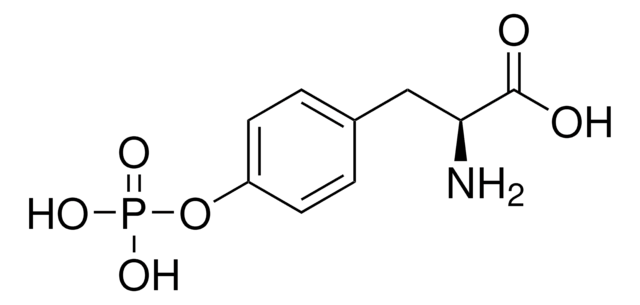About This Item
Recommended Products
biological source
non-animal source
Assay
≥98.5%
form
crystalline powder
manufacturer/tradename
Ajinomoto
technique(s)
cell culture | mammalian: suitable
impurities
endotoxin, heavy metals, tested
mp
149-152 °C (lit.)
solubility
H2O: 25 mg/mL
application(s)
pharmaceutical (small molecule)
SMILES string
CC(=O)N[C@@H](Cc1ccc(O)cc1)C(O)=O
InChI
1S/C11H13NO4/c1-7(13)12-10(11(15)16)6-8-2-4-9(14)5-3-8/h2-5,10,14H,6H2,1H3,(H,12,13)(H,15,16)/t10-/m0/s1
InChI key
CAHKINHBCWCHCF-JTQLQIEISA-N
Looking for similar products? Visit Product Comparison Guide
General description
Application
Storage Class Code
11 - Combustible Solids
WGK
WGK 3
Flash Point(F)
Not applicable
Flash Point(C)
Not applicable
Personal Protective Equipment
Certificates of Analysis (COA)
Search for Certificates of Analysis (COA) by entering the products Lot/Batch Number. Lot and Batch Numbers can be found on a product’s label following the words ‘Lot’ or ‘Batch’.
Already Own This Product?
Find documentation for the products that you have recently purchased in the Document Library.
Customers Also Viewed
Our team of scientists has experience in all areas of research including Life Science, Material Science, Chemical Synthesis, Chromatography, Analytical and many others.
Contact Technical Service







